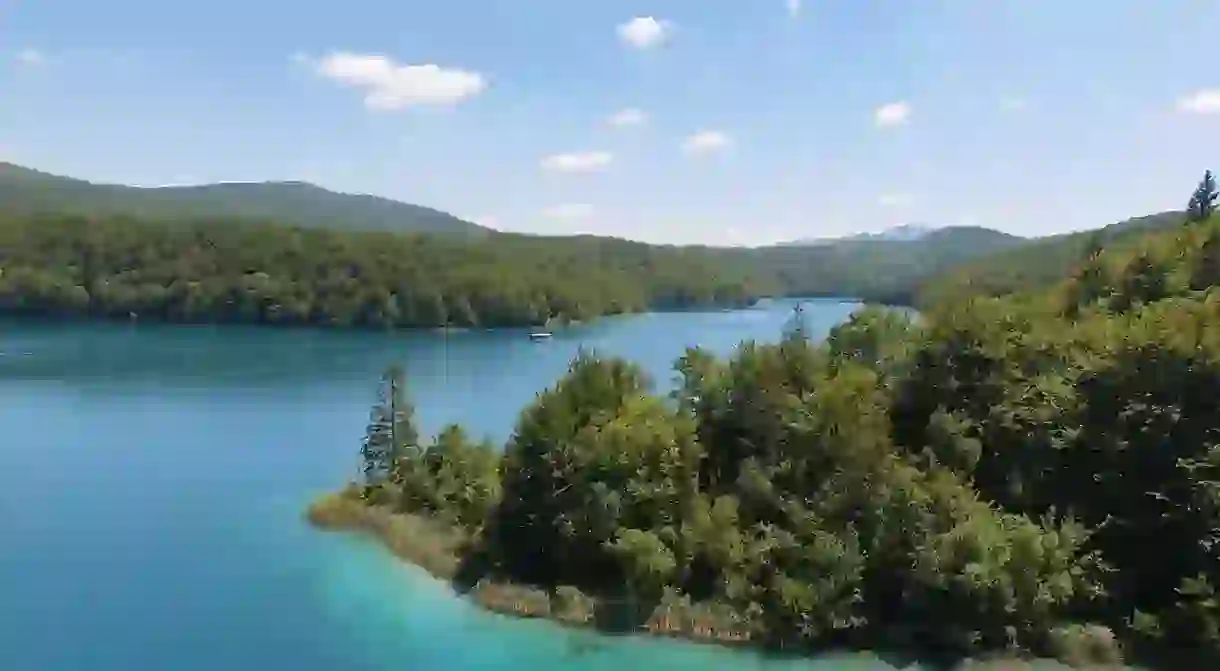History of Plitvice Lakes in 60 Seconds

History of Plitvice Lakes in 60 Seconds
The shimmering lakes and lush forests of Plitvice in central Croatia have long drawn visitors from around the region. A national park since 1949, halfway between Zagreb and Dalmatia, they were a favoured stop-off for Habsburg royals.
Croatia’s biggest and most popular national park has been a tourist attraction for some 200 years. Open year-round, Plitvice attracts more than 1 million annual visitors to its 16 cascading lakes of changing colours.
First recorded in 1777, regularly visited throughout the 1800s, even by Habsburg royalty, and facilitated by a hotel in 1890, Plitvice became a national park in 1949 and a UNESCO World Heritage site 30 years later.
Plitvice has not always been a tranquil area of natural beauty. Occupied by Ottomans and Habsburgs in rapid succession, Plitvice became a military frontier, populated by Serbian border guards from the 1500s onwards.
Remote enough to host clandestine meetings of the newly formed Croatian League of Communists in the 1940s, Plitvice became the first flashpoint in the Croatian War of Independence in 1991.
It now sits close to Croatia’s border with Bosnia, halfway Zagreb and northern Dalmatia. Regular bus services run from the capital, Zadar and Split.
Imbued with minerals that create shimmering hues of greens and blues, the lakes change dimension by a centimeter or so each year due to the constantly evolving natural barriers between them. These travertine barriers, natural deposits of moss, algae and bacteria, are interconnected with the air, water and plant life. Swimming is strictly forbidden.
Visiting Plitvice is not just about lakes and waterfalls. The national park is home to 55 types of orchid alone, among the 100-plus plant species identified here. Equally rare are the brown bears, lynx, wolves, eagles and wild cats spotted amid the 300 square kilometres (73,400 acres) of wooded slopes.
From April to October, electric-powered boats and panoramic trains transport visitors around the waters. Wooden walkways and footbridges, tastefully designed to blend in with the vegetation, link the lakes, waterfalls, streams and Alpine forests for those who prefer to hike around Plitvice. An early start allows you to see everything in one day. There is also plenty of rustic accommodation on-site or close to one of the three entrances.
Plitvice National Park: 7am-8pm Mon-Sun. Go to its website for reservation details.













